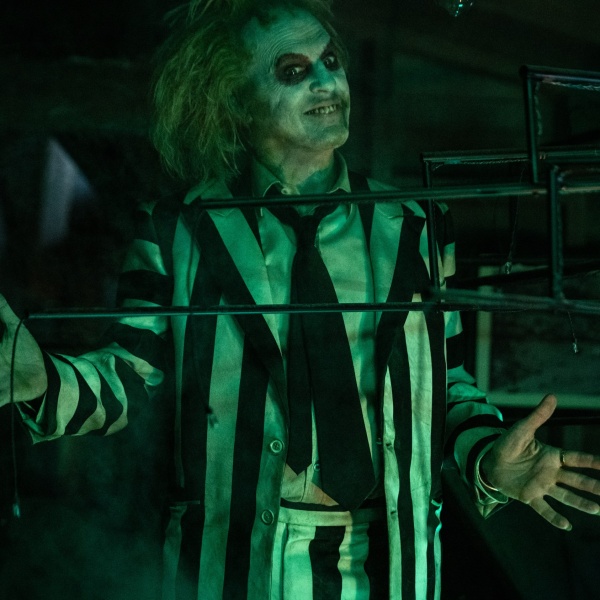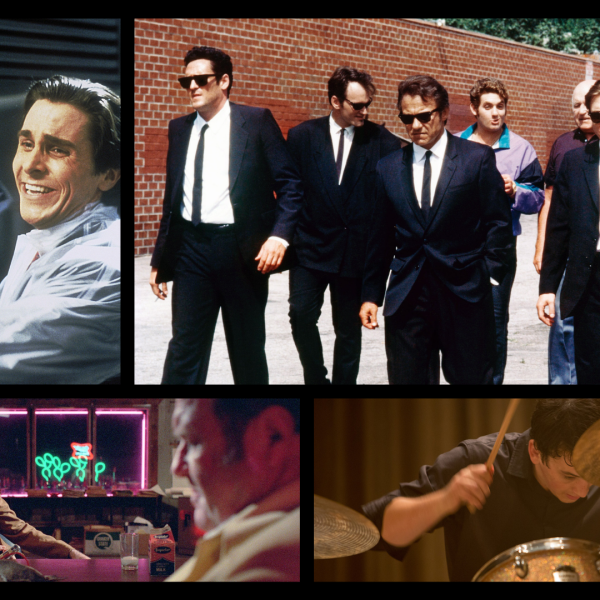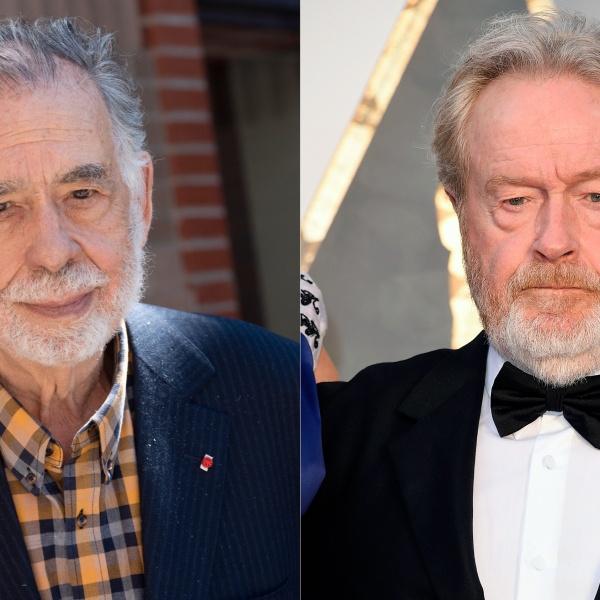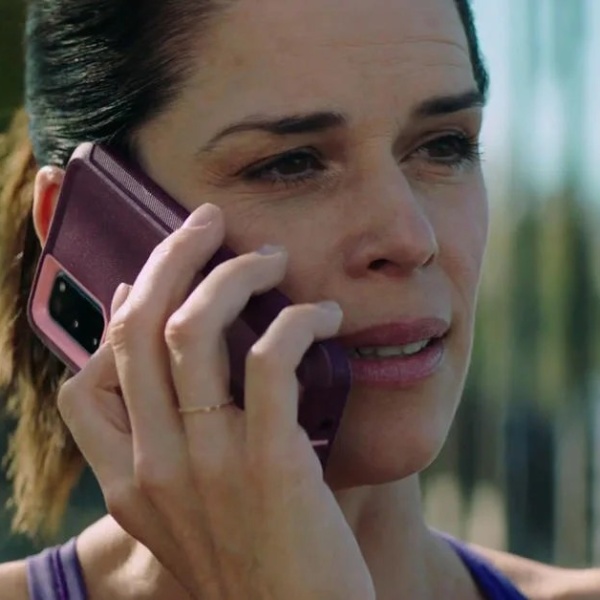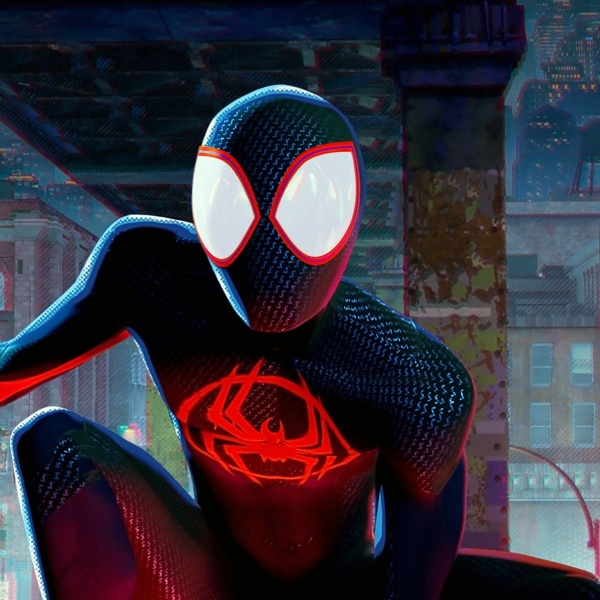It’s not so much a warning as an invitation: Thea Hvistendahl’s “Handling the Undead,” though it features “The Worst Person in the World” stars Renate Reinsve and Anders Danielsen Lie in leading roles, is not the usual expected reunion between two of Norway’s biggest acting breakouts. Leave it to first-time feature filmmaker Hvistendahl to clear that up: “It’s not ‘Worst Person in the World,’ just a horror version.”
But she’s not mad about the attention this canny casting is already earning her film, which adapts the John Ajvide Lindqvist novel of the same name and follows a trio of different families as they grapple with their beloved (and very recently dead) members coming back to life (including Reinsve’s Anna, whose son comes back, and Danielsen Lie’s David, whose wife is returned). In fact, Hvistendahl is quick to point out that Danielsen Lie was attached to the film in 2019, two years before Joachim Trier’s smash hit premiered at Cannes.
And Reinsve? Well, she was just the best person for the complex role of Anna, even if the good-natured Hvistendahl was a little concerned about reteaming her with Danielsen Lie so soon after “Worst Person” turned the Norwegian actress into an instant star. “I was a bit worried,” she told IndieWire during a recent interview. “Thinking, ‘It’s not good’ or ‘I shouldn’t take the same actors. It’s not so cool,’ but she was doing something to that part that no one else did. I just had to go for the best choice.”
Reinsve told IndieWire, “I was very moved by Anna, her withheld grief, her not being able to connect with her own emotions or her surroundings after she lost her son,” she said. “And meeting him in a new state, where he’s neither alive nor dead teaches her to connect to him through hope and actually let him go when the reality of his state sinks in. It is so universal that our emotions are not always clear to us in big moments and the only way is through, but that is also a deep and profound struggle.”
Like most people, Hvistendal didn’t know what a sensation “Worst Person” would prove to be. “I didn’t know that the film was going to be so big and that people love them as well as a couple,” she said. “I’ve been trying to say we should maybe say that it’s not a reunion, because they’re not in the same scenes. That was also something I was thinking, like, ‘It’s OK to cast both of them because they’re not actually in the same family.’ The upside is, of course, that a lot of people love them.”
While the duo doesn’t share scenes, Reinsve told IndieWire they still connected over the film. “I was so glad to be in a movie with Anders again, but we don’t share the same storyline,” the actress said. “But we had conversations about the scenes and the genre before each of us shot our parts [and] had a small collaboration through that.”
The film premieres January 20 in Park City at the Library theater, but ahead of its debut, Hvistendahl and IndieWire chatted over Zoom about crafting a “reunion” that ably serves as a reminder of her stars’ talent and the flexibility of the horror designation that will likely draw in an entirely different sector of the movie-going audience.
Despite the seemingly scary trappings of the story — it is, in many ways, a zombie tale, people coming back from the dead and all of that — but the Norwegian filmmaker also embraces it as a deeply human story of grief, longing, and the seeming impossibility of “moving on” from terrible tragedy. So, a horror film?
“It’s the everlasting question, because I see it as a horror [film], but from the script stages, when I was talking to my crew and was like, ‘Yeah, it’s a horror,’ they were like, ‘No, it’s not,’” Hvistendahl said. “I think the horror genre or how people see it can be very narrow. I do think that only saying ‘horror’ is not the right word, because you would maybe expect something else. It’s a drama with a horror premise or melancholic horror, it’s probably a drama horror, but it’s such a boring thing to be in the middle.”
Reinsve has a slightly different take. “For me, the movie falls under social realism with fantastical elements,” she told IndieWire. “It definitely influences the performance, because it is a genre movie, and you have to find the balance between finding as much nuance and detail in a scene and, at the same time, drive the genre forward. You kind of have to connect to what the movie is and the suspense more than you would in a classical drama.”
Hvistendahl expects her audience to bring their own expectations to the film, the kind of films they vibe with. “It depends on where the audience comes from,” she said. “If they’ve seen a lot of zombie films, for instance. I tried to play with a lot of the tropes [of that genre] but subvert them in ways. If you’ve seen a lot of zombie films, I think there’s maybe some suspense that different things will happen and they will maybe also read the end thing differently. But I think if you’re coming more from [a] drama [sensibility], maybe you’re not thinking about that part so much. You’re more about the characters being able to let go or not.”

Hvistendahl’s own journey into the horror genre wasn’t a linear one, and reflects her interest in melding different genres and formulas and expectations. Her short film “Children of Satan,” for instance, she saw as “a poetic thriller.” Then it started getting programmed at horror festivals, and audiences responded to it as a horror offering. She started watching other horror films that threaded the needle between being scary and dramatic, terrifying and psychological — she pointed to Lucile Hadzihalilovic’s “Innocence,” Kiyoshi Kurosawa’s “Cure,” and Stanley Kubrick’s “The Shining” as touchstones — and realized that was actually what she wanted to make. Mostly, she likes films “that have their own universe and atmosphere and use a lot of the cinematic tools,” and horror provided her the perfect place to do that.
That also happens to sound like a perfect match for the work of Swedish author John Ajvide Lindqvist, the man behind such well-regarded horror stories (with a twist) like “Let the Right One In” and “Handling the Undead,” his first two novels, both of which have now gone the cinematic route. It was simply by “coincidence” that Hvistendahl’s producers met up with Lindqvist’s agents, who already knew the filmmaker wanted to adapt a Lindqvist joint (including “Handling the Undead,” but also his later works “Harbour,” about a cursed island, and “Little Star,” about a pair of girls united in song and, well, lots of other creepy stuff). The rights for “Handling the Undead” were available again, despite an early aughts deal to turn the book into a film. After seeing Hvistendahl’s shorts, Lindqvist said she could have them (the filmmaker added with a smile, “He prefers it first to be made in Swedish, but Norwegian was the next best”).
Because of that earlier deal, Hvistendahl “inherited” a script already penned by Lindqvist. “He did some revisions with my notes,” she said, “And then I felt like, ‘OK, I have to actually go into the material myself to make it more mine and to understand it better,’ Then he was like, ‘That’s OK, I trust you and feel free to do what you want.’” Lindqvist, she said, never balked at her changes.

One big change: Hvistendahl narrowed the scope of her story, cutting it down to focus on the three families at its heart. But for attentive viewers, it’s clear that the members of the central trio are not the only ones dealing with this shocking phenomenon.
“The book is much broader, it has much more of how the society reacts and the government and all of that,” she said. “I understood gradually that, the more information you give, the more you have to follow it up as well. I tried to give as little as possible, but just lay it out so it’s still there. There were a lot of discussions with people wanting it to be more clear, but I think that if you pay attention — and most people get it — you don’t need that much.”
Hvistendahl and Reinsve will be in Sundance for the premiere, and the filmmaker is eager to see how audiences perceive “her baby.” While they’ve screened a few cuts to test audiences, the festival will be the first time the final version is shown to a wide group.
Any jitters aside, the filmmaker is already juggling “several” ideas for new films, and is already hard at work trying to crack another script that requires its own rejiggering and edits, much like “Handling the Undead.” We’ve got an idea for a quick fix: hire Reinsve and Danielsen Lie again! Those two make magic, even when it’s not the usual reunion.
“Handling the Undead” premiered at the 2024 Sundance Film Festival. Neon will release it at a later date.

